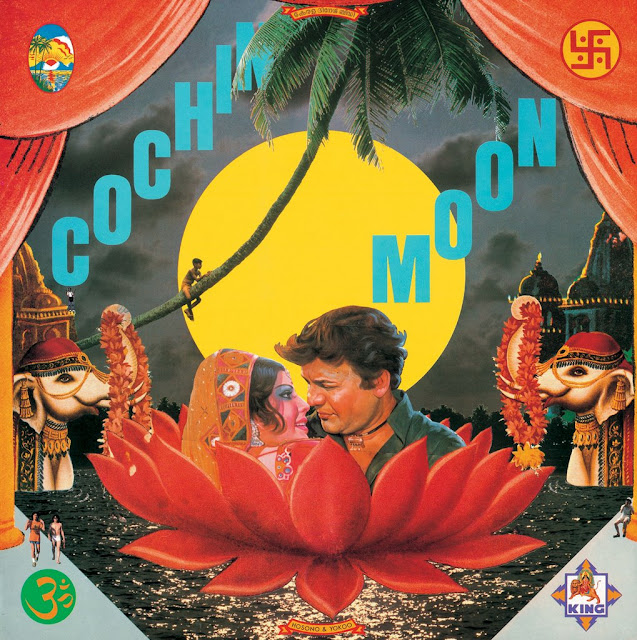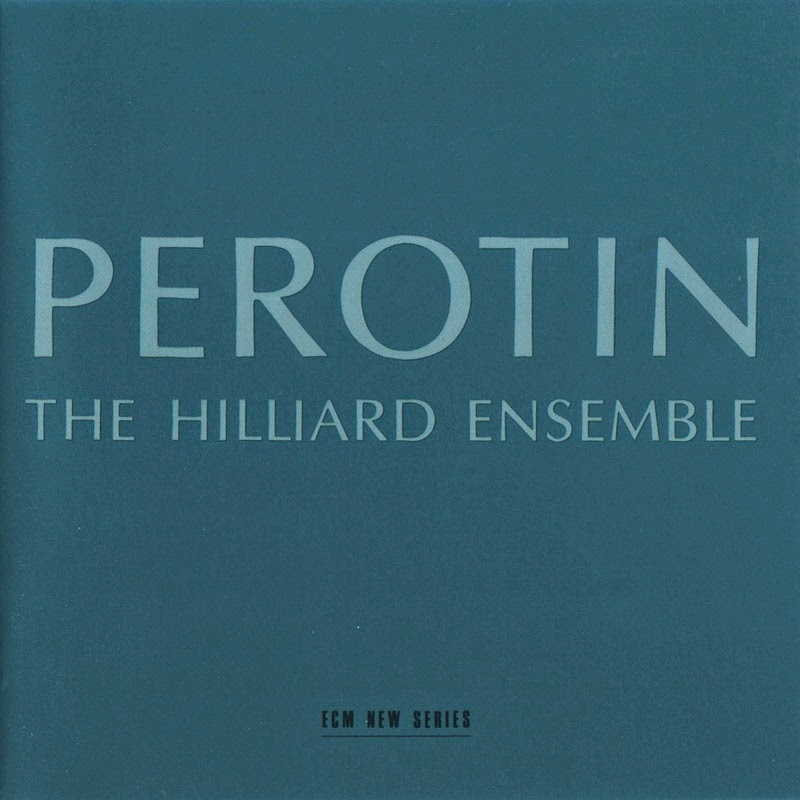-Front.jpg)
Nothing challenging or high-brow here, just 34 minutes of string-streaked, four-on-the-floor delirious disco perfection. Opens with the epic ten minute classic “Supernature,” and while the album slows down for a few breaths (“In The Smoke” is straight-up new age with a muted heartbeat drum pulse), there isn’t a weak spot to be found. Make sure to take a good, long, hard look at that album art. Happy dancing, and happy new year!
Black Devil – Disco Club, 1978

Haruomi Hosono – Cochin Moon, 1978

The Hilliard Ensemble – Pérotin, 1989

When I was in high school, a burned copy of this CD made the rounds among the “cool” choir kids. It was passed discreetly with knowing nods, intended for the ears of those who would “get it.” To this day, it’s still one of my favorite choral compilations (if only I were still in high school, maybe I could still be cool), but I think it speaks to a much wider range of people than a few self-aggrandizing choir dorks might have imagined. Performed by the venerated/veteran Hilliard Ensemble* (they mostly perform early music, but have also dabbled in Gavin Bryars and John Cage, and have collaborated a lot with Arvo Pärt), this is a collection of works written by the legendary Pérotin, who lived sometime in the late 12th and early 13th century and was responsible for some of the earliest polyphonic music of which we have written and attributed documentation. (Gregorian chant is earlier and is monophonic.) All that aside, this music is spacious, vibrant, and dovetailing. It doesn’t mind if you’re uninterested in Christianity or choral music or even the western tradition.
*If anyone’s going to be in London around Christmas, the Hilliard Ensemble’s last performance ever will be on December 20th at Wigmore Hall. They’ll be performing Pérotin’s “Viderunt Omnes,” one of the few existing examples of four-part organa, among others. It will be a seriously historical moment, so don’t miss it. Tickets here.
Ken Ishii – Garden on the Palm, 1993

Antena – Camino del Sol, 1982

Milton Nascimento & Lô Borges – Clube da Esquina, 1972

Cocteau Twins & Harold Budd – The Moon and the Melodies, 1986

Miharu Koshi – Tutu, 1983

Steve Roach – Structures From Silence, 1984
